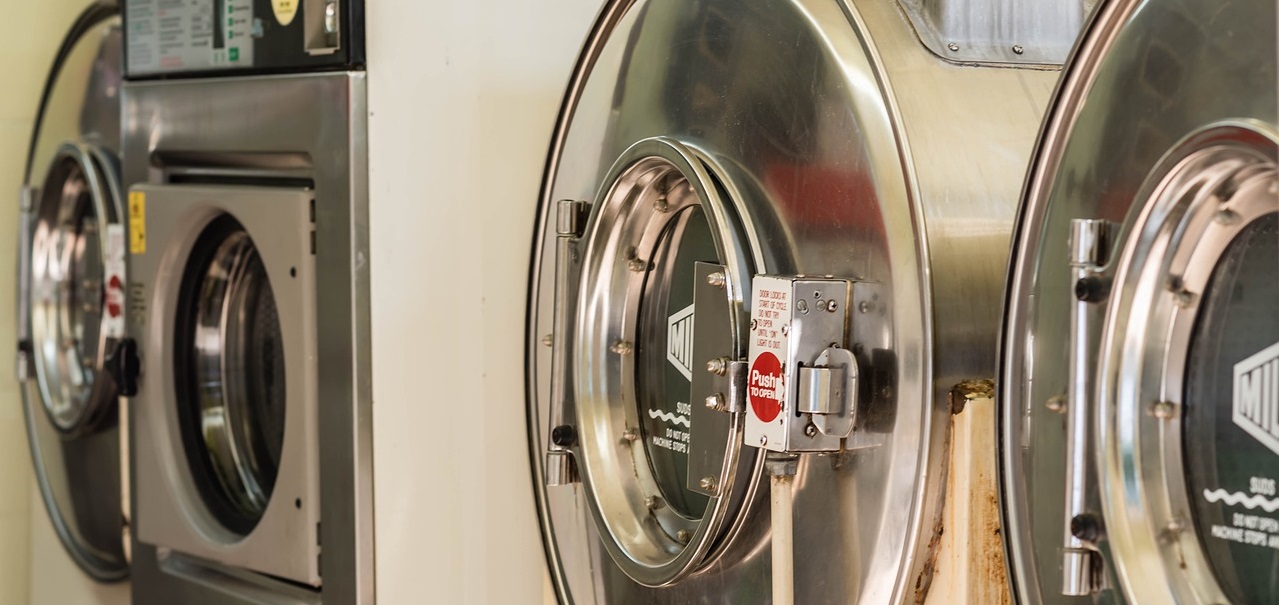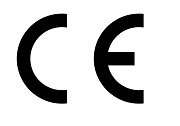Personal Protective Equipment Regulation (EU) 2016/425 or PPE
The European Parliament and Council Regulation (EU) 2016/425 on Personal Protective Equipment (PPE) sets out the basic requirements for the design and manufacture of personal protective equipment to ensure the safety of users on the European Union markets.
As of 21 April 2018, Directive 89/686/EEC is repealed by the new Regulation (EU) 2016/425 of the European Parliament and of the Council of 9 March 2016 on personal protective equipment.
The new PPE Regulation is aligned with the New Legislative Framework policy. In addition, it slightly modifies the scope and the risk categorisation of products. It also clarifies the documentary obligations of economic operators.
The regulation continues to apply every device or means intended to be worn or held by a person, to protect them from one or more risks to their health or safety. Interchangeable components and connection systems of personal protective equipment that are essential for its proper functioning are also covered by Regulation (EU) 2016/425.
Categories and conformity assessment procedures
PPE can be categorised according to the risk against which PPE is intended to protect users (Regulation (EU) 2016/425, Annex I).
The Regulation provides for three categories of PPE:
-
Category I - includes minimal risks
-
Category II - risks other than those listed in Categories I and III
-
Category III - includes risks that may cause very serious consequences such as death or irreversible damage to health
The extent of control on the manufacturer's production and quality system, and the degree of involvement of a notified body, is determined by the category (Regulation (EU) 2016/425, article 19).
For high-risk PPE (Category III), an EU type examination (Regulation (EU) 2016/425, Annex V) and production monitoring (Regulation (EU) 2016/425, Annex VII or Annex VIII) must be performed by a notified body. In this case, the contents of the certification procedure for obtaining the CE label.
Scope of the Regulation (EU) 2016/425
The Regulation applies to personal protective equipment (PPE). PPE means equipment designed and constructed to be worn or kept by a person to protect against one or more risks to health or safety, as well as interchangeable components for that equipment and attachments.
Regulation (EU) 2016/425 does not apply
This Regulation does not apply to equipment intended for:
-
use by armed forces
-
self-defense, except PPE used for sports activities
-
for individual use to protect against non-extreme atmospheric conditions and moisture and water during washing
-
use solely on ships and aircraft and subject to the relevant international treaties of EU countries
-
head, face and eye protection in motorbike and moped helmets (UN Regulation No. 22 to the Agreement on Technical Requirements for Wheeled Vehicles)
CE Marking according to Personal Protective Equipment Regulation (EU) 2016/425
CE is a mandatory marking system indicating conformity with health, safety and environmental protection regulations and standards for products intended to be sold within the European Economic Area. For general products, the mark simply consists of the CE logo, but for certain PPE products, the four-digit identification number of the Notified Body that has performed the assessment procedure should be displayed to the right, along with other elements as per the applicable standard, as follows:
| CE | + | XXXX |
| A | B |
A = In the case of category I and II PPE
A + B = Only for category III PPE
B = Four-digit identification code, within the EU, of the Notified Body
Pictograms and/or relevant additional information corresponding to the protection offered, based on the relevant category and as indicated in the concerned standard.
The CE marking affixed on the product should be visible, legible and indelible.
EU Authorised Representative
The issue of a CE certificate and the submission of a declaration of conformity to Regulation (EU) 2016/425 on personal protective equipment may only be carried out by a company residing in the European Union. Companies located outside the EU are not authorized to make their own declaration of conformity to Regulation (EU) 2016/425 neither mark their products with the CE mark. Therefore CCIS-EXPERTISE provides the services of an authorised representative in the EU to carry out product certification with a further CE marking.
The declaration and certification procedure of products according to the Personal Protective Equipment directive:
-
Identification of requirements. Identify requirements based on PPE category
-
Compliance testing. Conduct compulsory product testing at an accredited laboratory
-
CE Marking application. Submit CE Marking application to Notified Body along with the product’s technical files
-
Certification. Obtain CE type examination certificate from an accredited Notified Body
-
Market your product. Affix the CE Marking to the products
Statutory reference
The Regulation (EU) 2016/425 was adopted on 9 March 2016 and replaces the former Directive 89/686/EEC on personal protective equipment (PPE). Like the original version, the Regulation aims to ensure the safety and free movement of goods on the personal protective equipment market by harmonising product requirements across the EU.
With the launch of the common market process in 1989, the Directive 89/686/EEC (PPE) was adopted to free the market of existing barriers. Ongoing developments in personal protective equipment technology and production methods lead to a complete abolishment of the PPE Directive on 21 April 2018 and its replacement by Regulation (EC) 2016/425, which contains updated rules for manufacturers and auditors, adapted to the current market conditions.
Full text of the Regulation (EU) 2016/425 (PPE)
CCIS-EXPERTISE specialists will help you to:
-
identify directives and standards that apply to your products
-
prepare and evaluate the technical file
-
translate all relevant documentation and drawings
-
determine the cost of certification work
-
carry out all procedures of the European conformity assessment process
-
conduct tests of any complexity in accredited European and national laboratories
-
prepare the declaration of conformity
-
provide an authorized representative for your company in the EU













